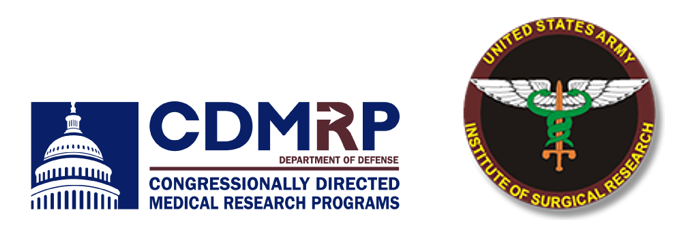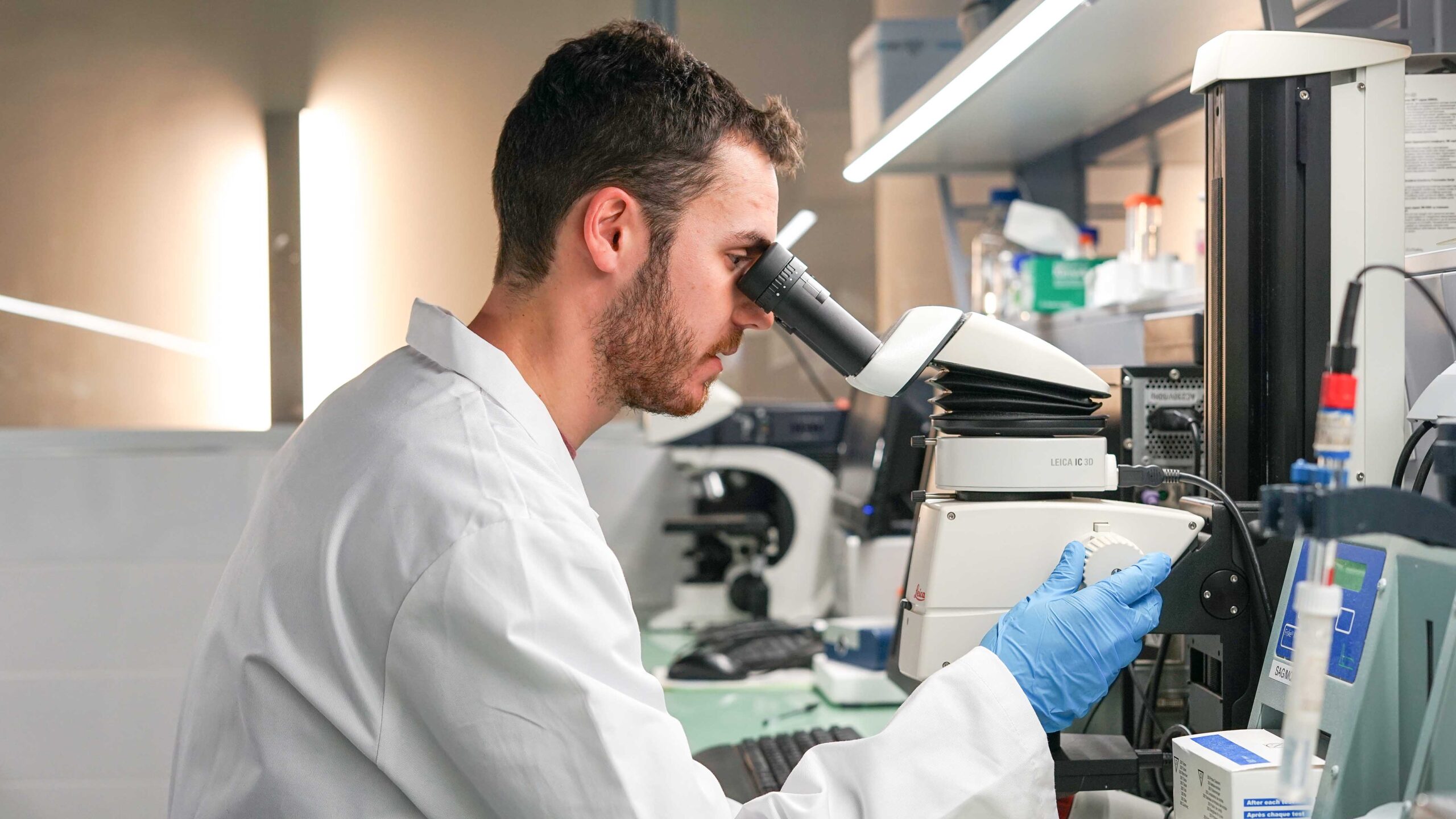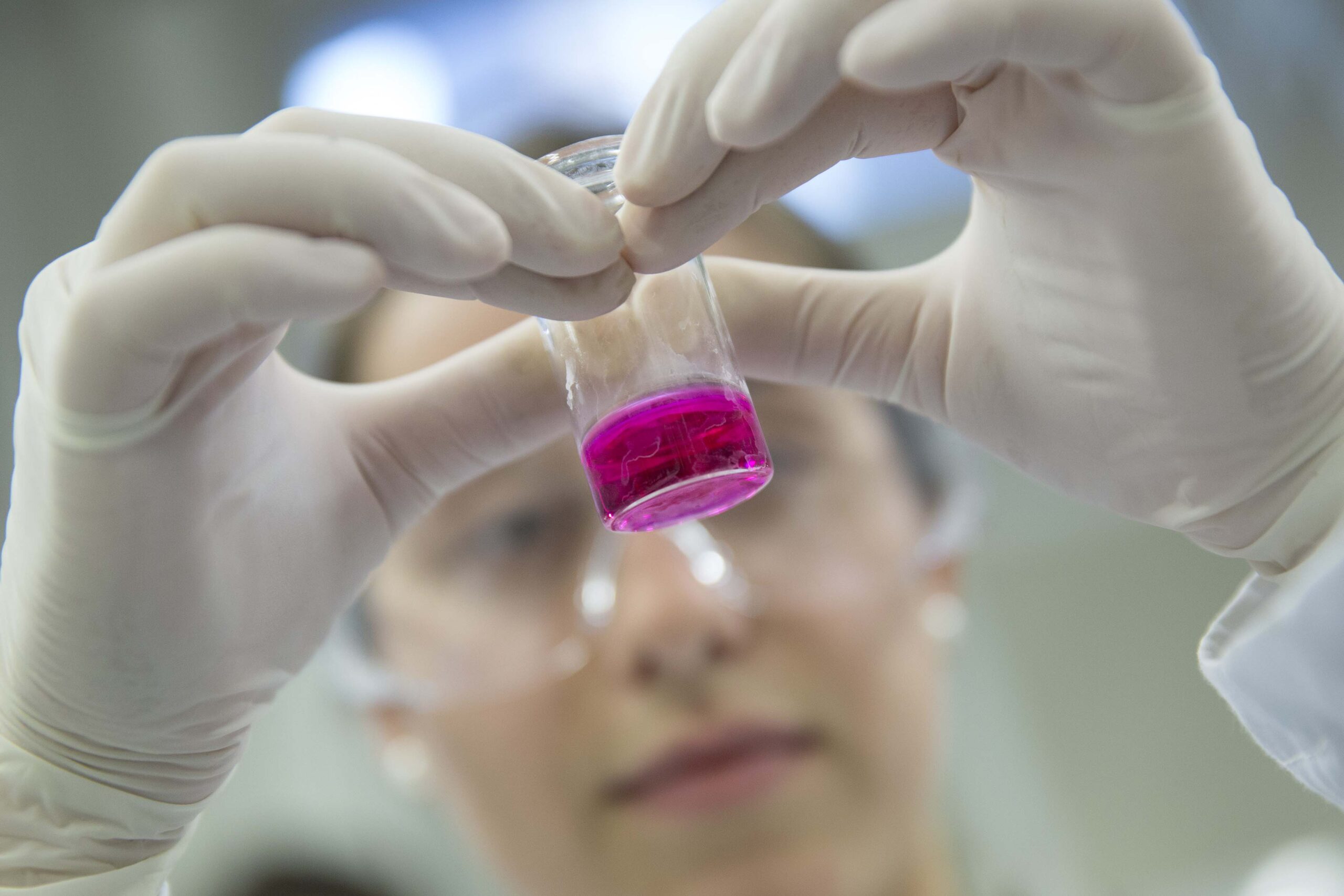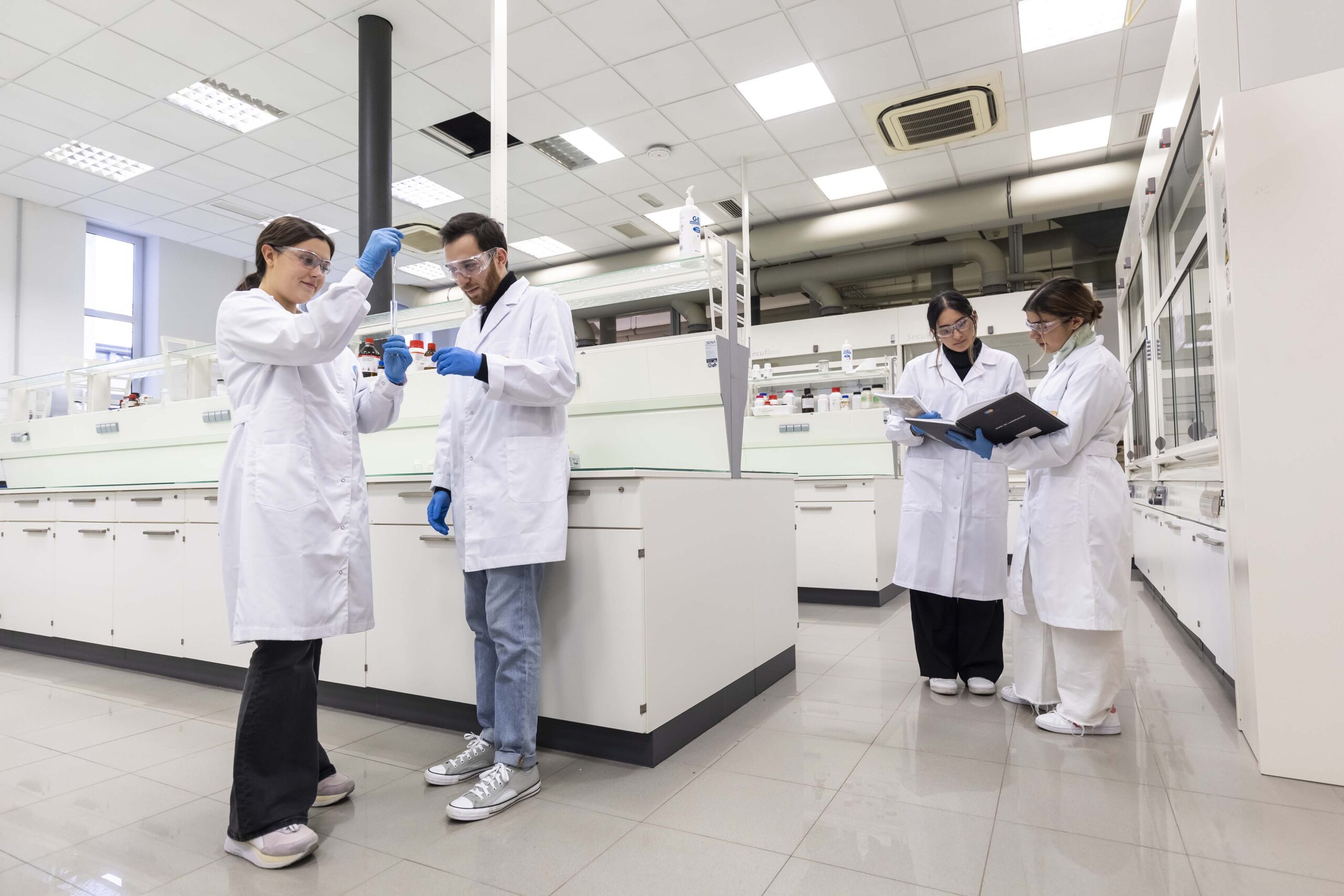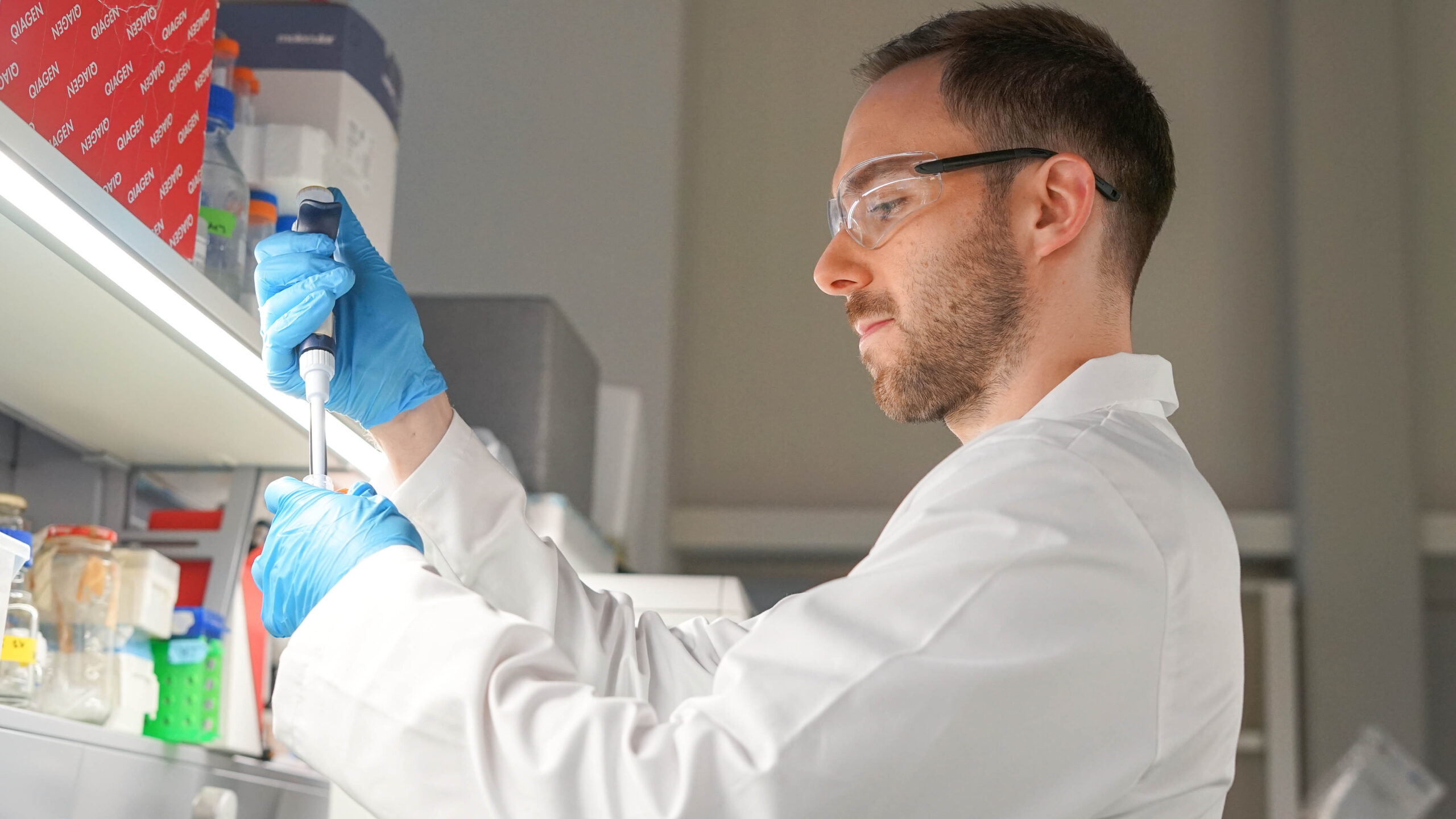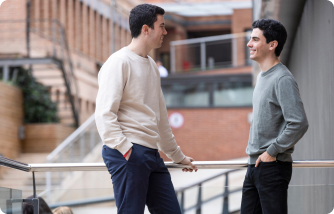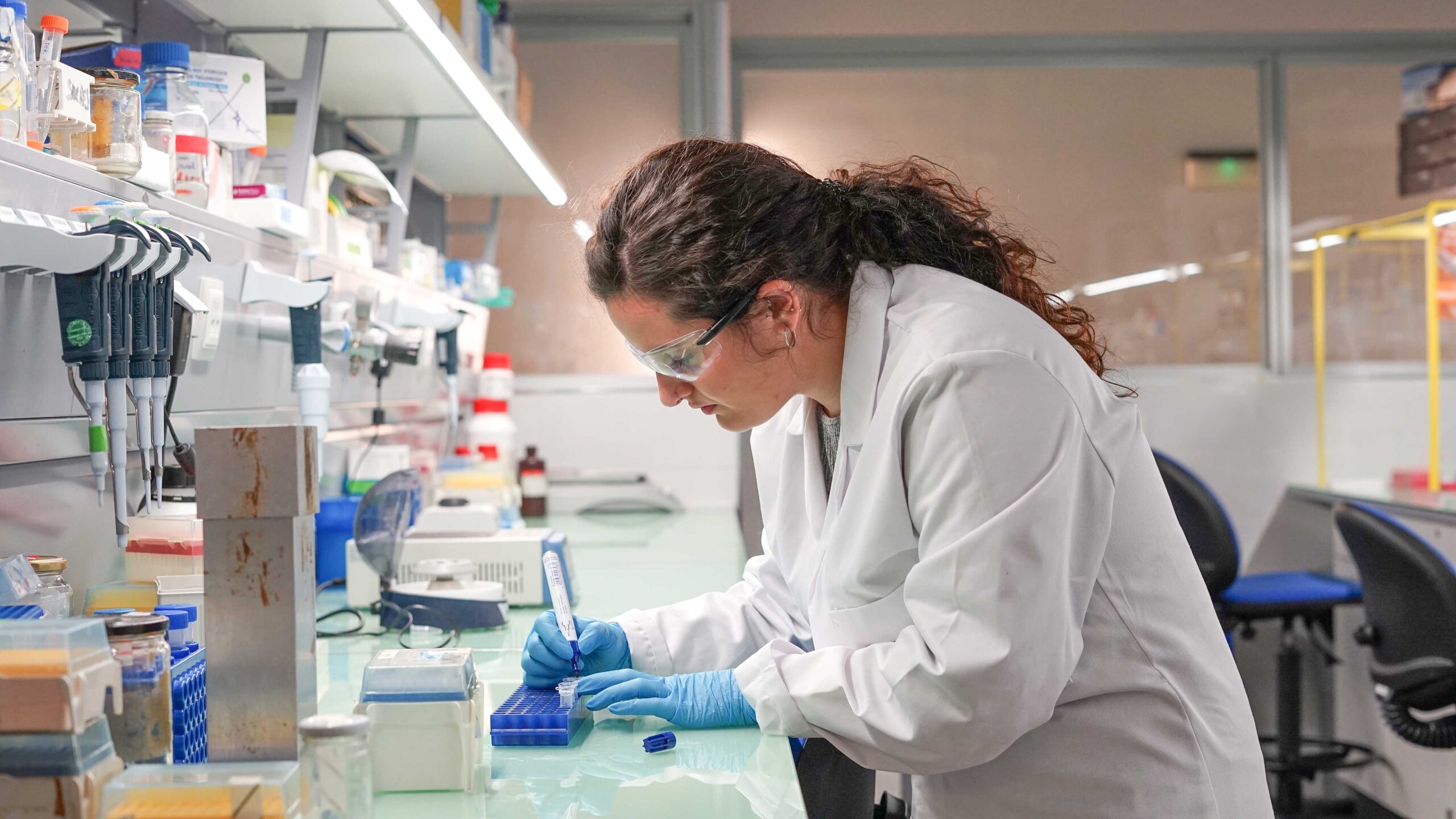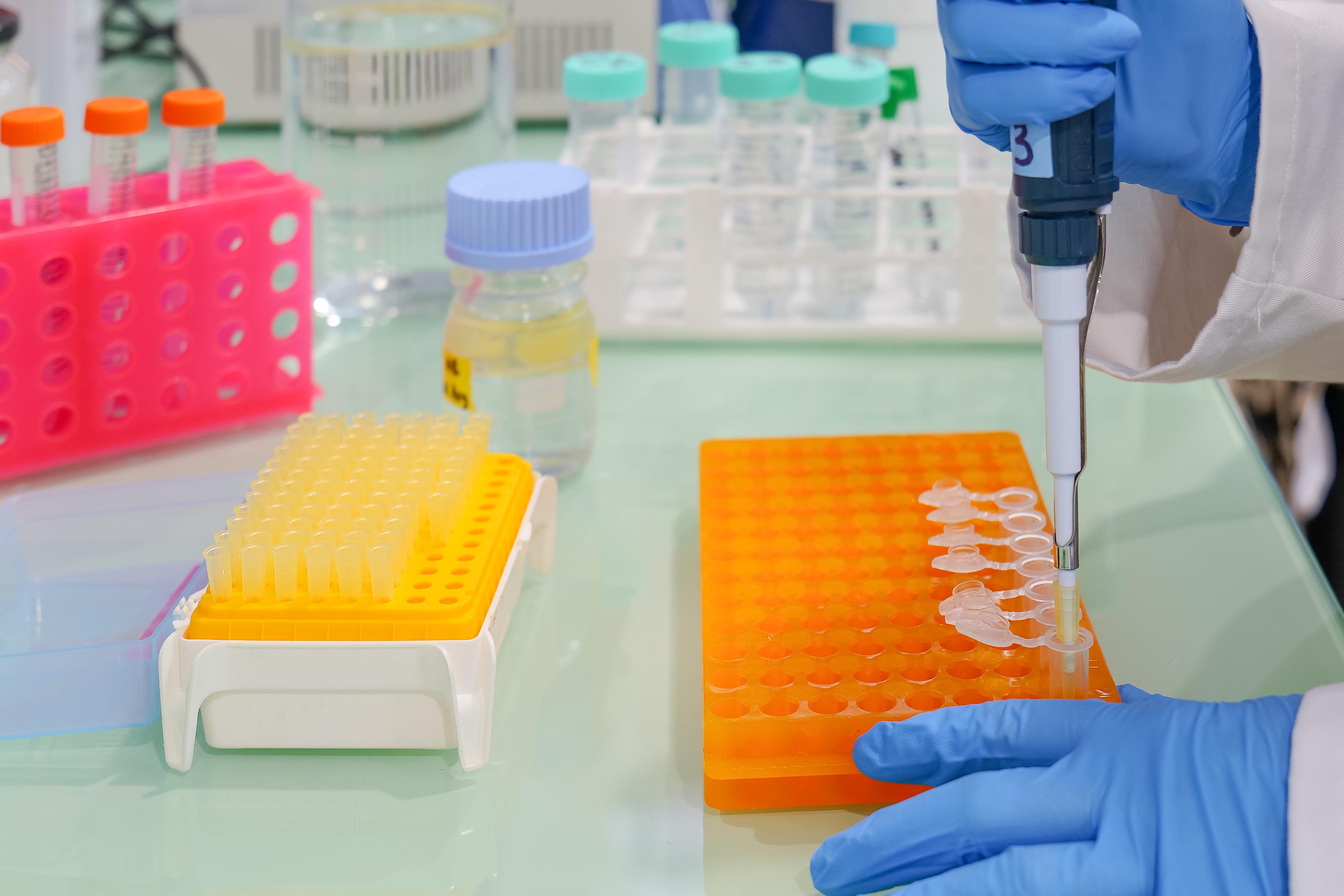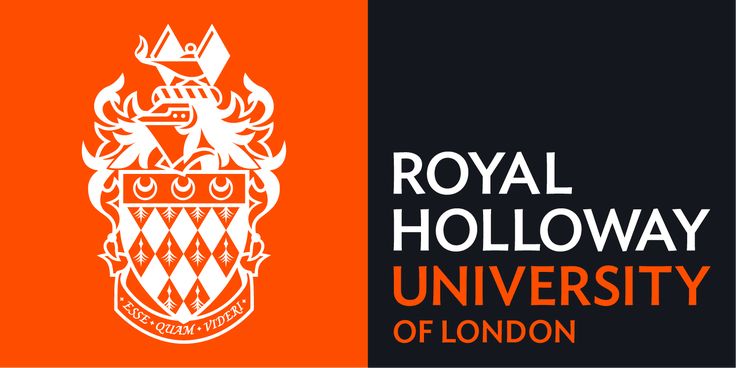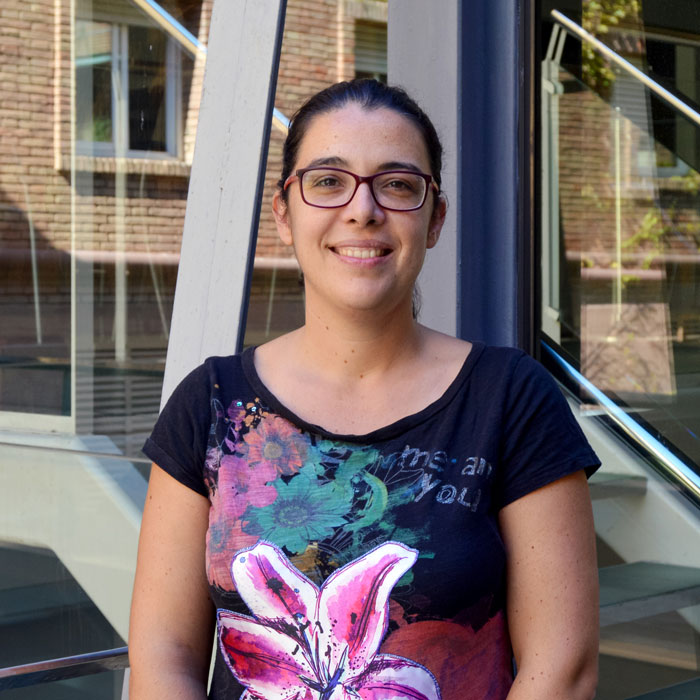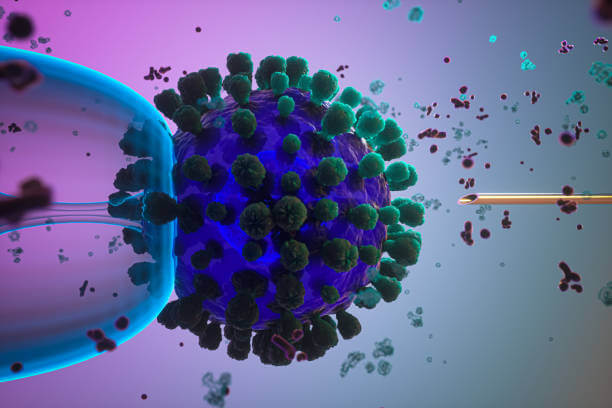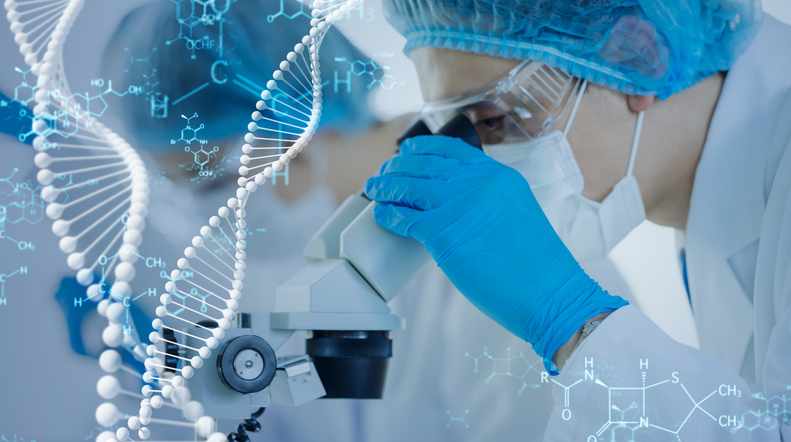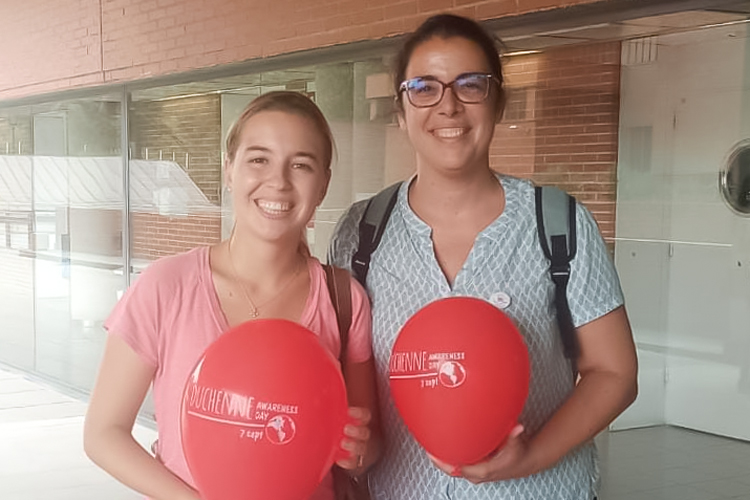Duchenne muscular dystrophy (DMD) is a serious genetic disease characterized by the progressive degeneration of muscle tissue caused by mutations in the gene that codes for dystrophin, a protein essential for the stability of muscle cells. This pathology mainly affects children and involves generalized muscle weakness, which impacts various parts of their bodies.
In recent years, research into therapies for DMD has made significant advances, especially through the use of adeno-associated virus (AAV) as a vector to introduce therapeutic genetic material. This approach makes it possible to synthesize a shorter, yet functional version of dystrophin called microdystrophin. Although this treatment has recently been approved by the FDA in the United States, it has limitations: it can be recognized by the immune system as “foreign” and be eliminated, and the protein produced is less effective than the original version. These limitations mean that the therapy can only be administered once at present, with limited efficacy.
To address these challenges, Dr Marta Guerra Rebollo, a researcher with the Materials Engineering Group (GEMAT) at IQS, is leading a line of research in collaboration with the Duchenne Parent Project Spain. This team has developed AAV vector coatings based on oligopeptide-functionalized polybeta-aminoesters (p-BAES). These coatings improve the direction and penetration of therapeutic vectors into muscle cells and, at the same time, prevent their recognition by the immune system.
New hybrid vectors for better therapy
Currently, Dr Guerra’s group is promoting the AAV – microdystrophin gene therapy project for Duchenne muscular dystrophy with the aim of developing and testing new hybrid therapeutic viral vectors both in vitro and in vivo. The objective is to identify the vectors that promote the best immune response and maximum functional muscle improvement. The project is being carried out in collaboration with Dr Alberto Malerba at the Royal Holloway University of London.
With this approach, researchers hope to increase the production of the therapeutic protein in patients’ muscle tissue while reducing the safety risks and costs associated with current microdystrophin-based therapies.
The potential impact of this project is significant: on the one hand, it could expand the number of patients who can access gene therapy, especially those with pre-viral capsid seropositivity, a common limitation. On the other hand, the possibility of readministering the therapy, when the effects of the first dose diminish, would make it possible to maintain efficacy in the long term.
This project has gained financial support from the United States Department of Defense through the Congressionally Directed Medical Research Program, a program promoted by the US Congress in 1992 to promote biomedical research in different areas of interest such as Duchenne Muscular Dystrophy.
